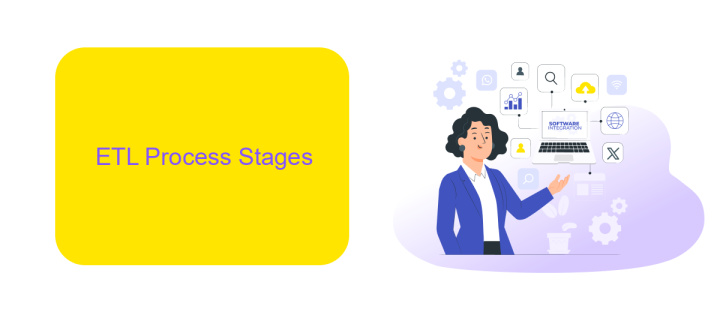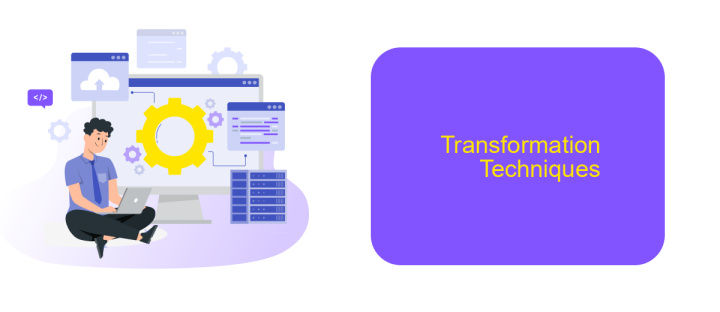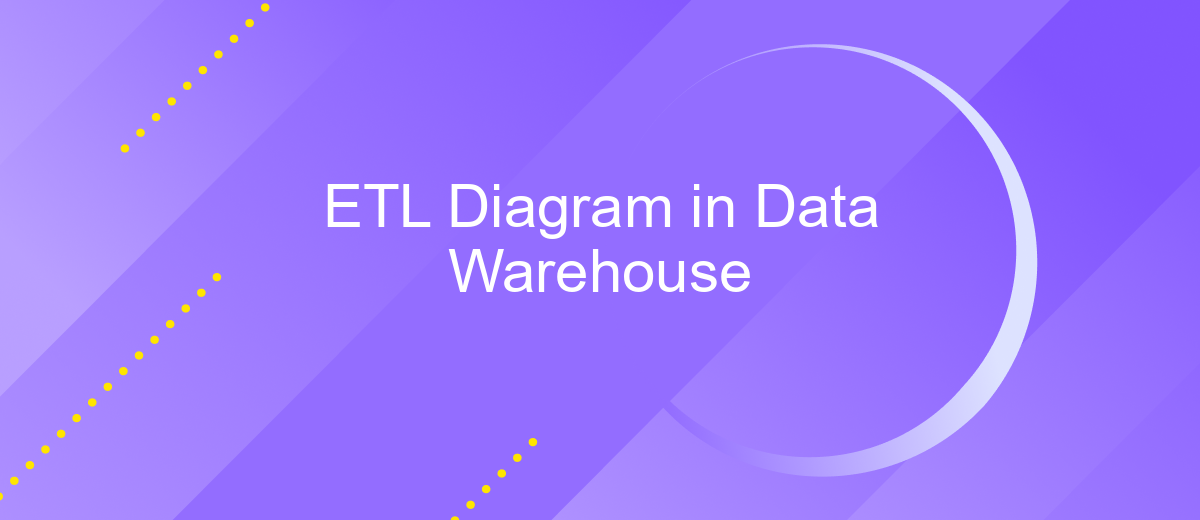ETL Diagram in Data Warehouse
An ETL (Extract, Transform, Load) diagram is a crucial component in the architecture of a data warehouse. It visually represents the process of extracting data from various sources, transforming it into a suitable format, and loading it into the data warehouse. This article explores the significance of ETL diagrams, their components, and best practices for designing efficient ETL workflows.
ETL Definition and Overview
ETL, which stands for Extract, Transform, Load, is a fundamental process in data warehousing. It involves extracting data from various sources, transforming it into a suitable format, and loading it into a data warehouse for analysis and reporting. This process ensures that data is clean, consistent, and ready for business intelligence tasks.
- Extract: Collecting data from different sources such as databases, APIs, and flat files.
- Transform: Cleaning, filtering, and structuring the data to meet specific requirements.
- Load: Inserting the transformed data into a target data warehouse.
Modern ETL tools, such as ApiX-Drive, simplify the integration process by offering automated workflows and seamless data transfer between platforms. ApiX-Drive enables users to set up integrations with minimal coding, ensuring efficient and reliable data movement. By leveraging such tools, organizations can maintain robust and scalable data pipelines, ultimately enhancing their data-driven decision-making capabilities.
ETL Process Stages

The ETL process in a data warehouse consists of three main stages: Extract, Transform, and Load. During the Extract stage, data is collected from various sources such as databases, cloud services, and flat files. This stage involves identifying the relevant data and extracting it in a raw format. Tools like ApiX-Drive can be used to facilitate seamless integration and data extraction from diverse sources, ensuring that the collected data is comprehensive and accurate.
In the Transform stage, the extracted data is cleaned, filtered, and formatted to meet the requirements of the data warehouse. This may involve removing duplicates, correcting errors, and converting data into a consistent format. Finally, in the Load stage, the transformed data is loaded into the data warehouse where it can be accessed and analyzed. This stage ensures that the data is organized and stored efficiently, making it readily available for business intelligence and decision-making processes.
Extraction Techniques

Extraction techniques are crucial for the ETL process in a data warehouse, as they determine how data is collected from various sources. Different methods can be employed depending on the nature of the data and the requirements of the data warehouse.
- Full Extraction: This technique involves extracting the entire dataset from the source system. It is useful when dealing with small datasets or when a complete refresh of the data is required.
- Incremental Extraction: Only the data that has changed since the last extraction is collected. This method is efficient for large datasets and reduces the load on the source system.
- API-based Extraction: Leveraging APIs to fetch data from modern applications and services. Tools like ApiX-Drive can simplify this process by providing pre-built integrations and automated workflows.
Choosing the right extraction technique depends on factors such as data volume, system performance, and the frequency of data updates. Utilizing services like ApiX-Drive can streamline the process, ensuring that data is accurately and efficiently extracted, ready for transformation and loading into the data warehouse.
Transformation Techniques

Transformation techniques are crucial in the ETL (Extract, Transform, Load) process as they ensure that the data is in the correct format and structure for analysis. These techniques involve converting raw data into meaningful insights by applying various operations such as filtering, aggregating, and enriching the data.
One of the primary goals of data transformation is to improve data quality by removing inconsistencies and errors. This process also includes standardizing data formats, which helps in integrating data from different sources seamlessly. Advanced transformation techniques can also involve complex operations like data deduplication and normalization.
- Filtering: Removing irrelevant or redundant data.
- Aggregation: Summarizing data to provide a higher-level view.
- Enrichment: Adding additional information to the data.
- Normalization: Structuring data to eliminate redundancy.
- Deduplication: Removing duplicate records to ensure data accuracy.
Utilizing tools like ApiX-Drive can significantly simplify the transformation process by automating data integration and transformation tasks. This service allows for seamless connections between various data sources and destinations, ensuring that the transformed data is ready for analysis with minimal manual intervention.


Loading Techniques
Loading techniques in data warehousing are crucial for ensuring that data is accurately and efficiently transferred from source systems to the data warehouse. There are primarily two types of loading techniques: full load and incremental load. Full load involves completely erasing the contents of one or more tables and reloading them with fresh data. This method is typically used during the initial setup of a data warehouse or when significant changes to the source data have occurred. On the other hand, incremental load (also known as delta load) only captures and loads the data that has changed since the last load cycle, making it more efficient and less time-consuming.
In modern data environments, integration services such as ApiX-Drive can streamline the loading process by automating data transfers between various systems and the data warehouse. ApiX-Drive offers a user-friendly interface and robust features that allow businesses to set up and manage their data integrations with minimal effort. This service supports a wide range of applications and databases, ensuring that data is consistently and accurately loaded into the data warehouse. By leveraging such tools, organizations can maintain up-to-date and reliable data without the need for extensive manual intervention.
FAQ
What is an ETL diagram in a data warehouse?
Why is ETL important for data warehousing?
What are the main components of an ETL process?
How can automation improve the ETL process?
What are some common challenges in ETL processes?
Apix-Drive will help optimize business processes, save you from a lot of routine tasks and unnecessary costs for automation, attracting additional specialists. Try setting up a free test connection with ApiX-Drive and see for yourself. Now you have to think about where to invest the freed time and money!

